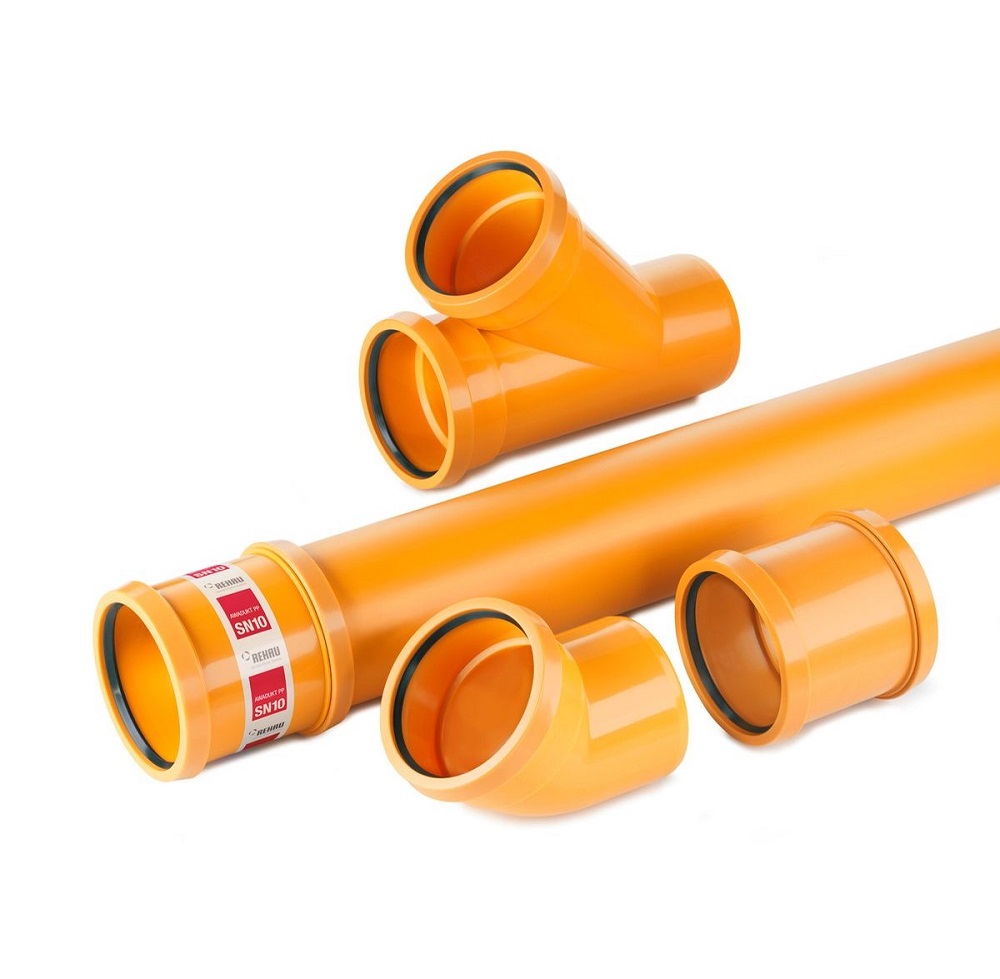What happens to European standards in a post Brexit Britain?
With the UK economy appearing now to have weathered that initial vote-to-leave shock, where does that leave the construction industry in terms of EU regulations?
Chris Hall from Siderise Group, a UK manufacturer of fire, acoustic and thermal insulation products, gives his view and answers some of the key questions.
The British Standards Association (BSI) is one of 33 voting members of CEN (European Committee for Standardisation). However CEN rules state that you can only join CEN if you are a member of the EU or about to become a member. In the case of non-EU countries including Norway and Switzerland, their membership in the European Free Trade Association (EFTA) qualifies them as well. When the UK finally leaves the EU it will therefore be essential for the UK to rejoin EFTA otherwise the BSI will have to argue for a change in statutes of CEN so that they can continue their membership of this organisation. In that scenario, there may well be a lot of political pressure to keep us out.
What does that mean for the UK and what is the scenario of the UK walking away from the EU standard table?
Any product intended for sale in the EU must meet the relevant EU standard. Non-compliance will clearly restrict markets. One of the key things about EU standards is that they do ensure a level playing field and are considerably better than each country having a different standard and system of compliance.
To add to this, the Construction Products Regulation (CPR) has, since 2014, mandated that all products produced for sale in the EU provide a declaration of performance and visible CE mark. In their Brexit negotiation, the UK Government would be able to ignore the CPR and revert to BS standards instead of BS EN standards. This scenario seems unlikely as this would complicate matters with the possibility of two-tier standards which might a have a knock-on effect for manufacturers with variable production runs and increased stock levels.
How does an EU standard compare to BS? Some BS testing is outdated and not as relevant to real-life scenarios. We tend to cling to some out of ‘habit’ when more representative standards exist. One such example is the adherence/preference of the UK to BS476 testing regimes for curtain wall perimeter fire barriers, when a specific EN test standard EN1364 offers a far more representative test option. The BS 476 standard tests curtain wall perimeter fire barriers in a static assembly, whereas the EN1364 tests simulate the dynamic movement of the curtain wall façade, which we would contend is a far more sensible and robust option.
By Chris Hall, Commercial Development Office, Siderise




















